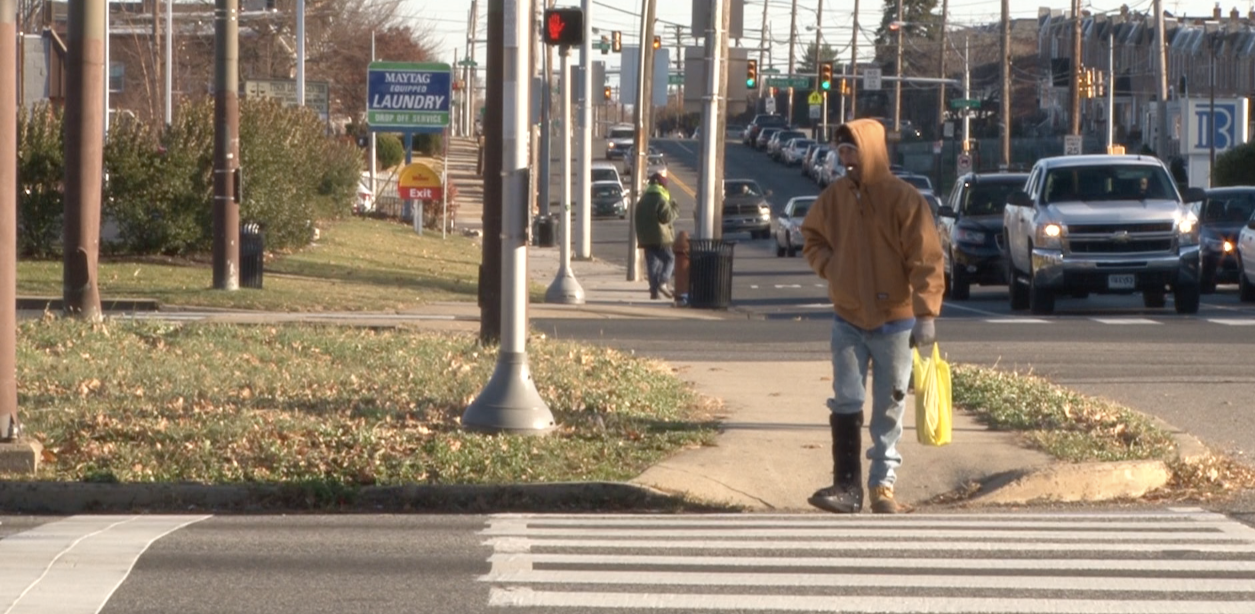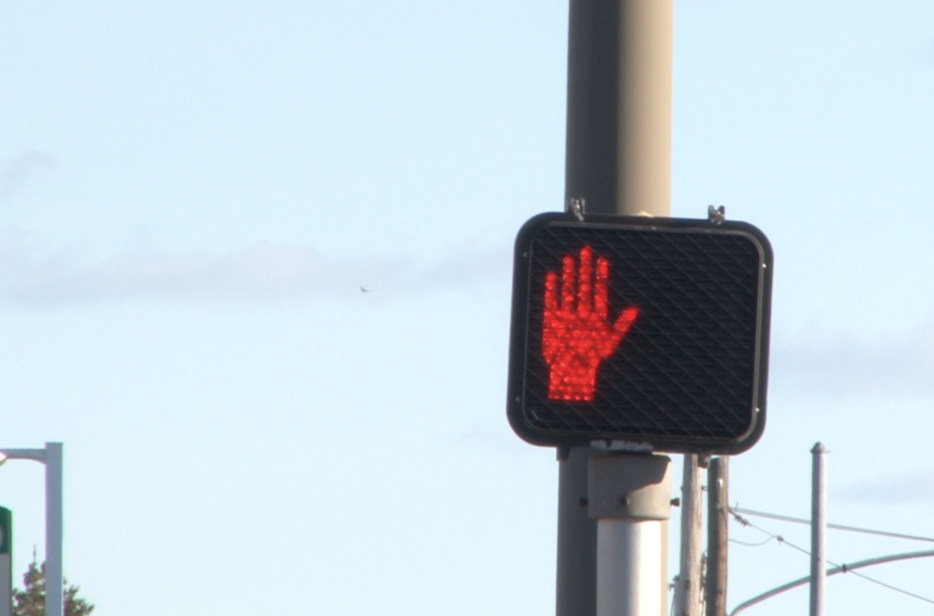Re-imagining Roosevelt Boulevard

A century ago, Northeast Philadelphia didn’t look anything like it does today. Before the mid-20th century, Northeast Philadelphia was all farmland and trailer parks that was home to small Dutch communities like Fox Chase and Burholme, who settled all around the perimeters of the city. It was small-town America at its finest.
That’s where the Roosevelt Boulevard comes in.
The massive 12-lane highway was first proposed in 1902 when Mayor Samuel Ashbridge saw the opportunity to cater to the exponentially booming car industry. Ashbridge wanted to connect the small Dutch communities in the Northeast to the hustle and bustle of center city. Seen as a promising move to propel the city into the future, the Roosevelt Boulevard was constructed, opening in segments in 1903, 1907, 1911 and 1914. It stretched from Broad Street to the edge of Pennypack Creek and cost the city roughly $3.5 million to construct.
And with the Roosevelt Boulevard came the bustling cars, the traffic, the highways, the car dealerships, the businesses, and the major shopping centers. With strong economic growth, city planners switched focus to creating communities around the Boulevard that would support the auto-centric use of it with driveways and garages.
“It was a way of opening up that whole area to residential development,” said Philadelphia City Planner Michael Thompson.
Then in 1954, the city extended Roosevelt Boulevard from Pennypack Creek to Bucks County to meet the needs of the city folk who were drawn toward the flourishing new suburbs and to make way for more suburban auto-centric communities that would feed workers into the city.
“It is responsible for the growth of the Northeast, which was the first suburban community built for motor vehicle,” said Joe DeFelice, a Northeast resident and chairman of the Mayfair Community Development Corporation. “It brings people to our community that wouldn’t have frequented it by giving them a unique avenue.”
Over the next 59 years, Roosevelt Boulevard and Northeast Philadelphia began taking shape as the place we know today with more than 432,000 residents; more than 2,900 acres of the 5,600 acres lining the Boulevard are dedicated to residential development.
The industrial age has faded and the general U.S. population has switched focus toward “green” lifestyles that encourage healthy living, walking and biker friendliness. But how does an industrialized highway fit into a community that has moved past the age of industrialization?
The Businesses

Roosevelt Boulevard brought economic development to Northeast Philadelphia and effectively transformed the area from small-town farmland to the modernized suburban community that still retains some urban appeal.
The push for more pedestrian friendly lifestyles, paired with the economic downturn of the City of Philadelphia, has left the industrialized business centers and strip malls along the Roosevelt Boulevard in disarray.
“Things are worn out and with the wearing out, there’s less of an attraction for this particular area as a regional center,” said Thompson.
Besides the wear-and-tear, the style of the strip malls and buildings is becoming out of date and unappealing to modern shoppers.
“One of the unforeseen consequences [of the Boulevard] was the growth of strip malls, which creates a drive-in-drive-out mentality,” said DeFelice. “It keeps people from experiencing our various main streets.”
The Philadelphia City Planning Commission is currently looking at rejuvenating the Roosevelt Mall, one of the main regional shopping centers along the Roosevelt Boulevard, in its Central Northeast District Plan, which is still in the draft stages. With an average of 90,000 vehicles moving through the intersection of Cottman Ave and the Boulevard every day, city planners view the Roosevelt Mall as a vital area for a shopping center.
After several studies and comparisons to other shopping centers in similar locations, one of the main priorities for planners is to reduce the auto-centric feel of the strip mall and provide a more community-based pedestrian center.
“We’re looking to encourage investment and reutilization and redevelopment to create this pedestrian friendly environment,” Thompson said.
Some suggested plans include sidewalks that lead from the street side and bus stops right to the shops’ doors, as well as an underground car garage that will allow for some green space on top.
“We’re looking to create freshness with new sidewalks, banners, pedestrian-scale lighting and landscaping to attract people and to bring people back,” said Thompson. “That would also inspire facelifts within the facades to do what they need to do to fix their places up.”
In the long run, city planners hope to work with the businesses to encourage these facelifts that will hopefully bring in more shoppers and more money into the area.
The Safety
As city planners recognize a push for more pedestrian needs, there’s still one question: is the Roosevelt Boulevard safe for pedestrians?
Many drivers have labeled the Roosevelt Boulevard a “deathtrap,” and two of its intersections in the Northeast have been named by Statefarm as two of the top most dangerous intersections in the entire country.
Maura O’Connell lives just off of the Cottman and Boulevard intersection with her husband and three young kids. Their house is only three doors down from the 12-lane highway.
“We never walk along the Boulevard because that would make me nervous,” said O’Connell. “I try to stay away from it when I’m with the kids.”
O’Connell says that she used to be okay with walking along the Boulevard when she went for runs or just had her stroller. Now with three kids who are walking and riding bikes, she said she worries someone who wasn’t paying attention might hit them on the curb, which happened in an accident in September 2011 when a car veered off the road onto the curb and killed a mother and injured her 4-year-old son.
“There was a crash just the other night. They smashed right into a tree that was at our corner,” said O’Connell nonchalantly because it happens regularly. “People just aren’t paying attention. They’re always checking their phones or something.”
With twelve lanes, four roadways, and three medians, the Boulevard doesn’t necessarily scream pedestrian-friendly. In the past five years alone, 130 people were struck by vehicles on the Boulevard, 20 of whom were killed.
“Safety is an issue and we want to do better things to help that,” said Thompson. “We’ve removed some of the un-signalized crosswalks and that has greatly reduced pedestrian accidents on the boulevard.”
One of the main issues that city planners are taking into consideration is that as the commuter-rate rises, so do the fatality rates.
“It’s starting to look like [the Boulevard] is at a little bit of a capacity,” said Thompson. “It’s getting’s to a point where something needs to be done.”
Some action being taken to relieve the congestion is to add more commuter services through Transit First and a possible commuter rail or subway.
Transit First is a system that gives SEPTA bus drivers the ability to turn traffic lights green as they reach the intersection to speed the ride of bus passengers, a small incentive to encourage taking the bus. It has already been implemented on certain bus lines throughout the City of Philadelphia.
A possible commuter rail has been rumored since the 1990s, and the idea is dug up from the grave every few years in hopes of bringing more drivers off the road and into public transportation. Most recently, the DVRPC backed out of its plan to extend the commuter rail line into the Northeast in early 2013 due to insufficient funds.
The Delaware Valley Regional Planning Commission conducted the US 1 Roosevelt Boulevard Corridor Study in 2007 to address the transportation and safety disputes that occur from the Boulevard from Ninth Street to Grant Avenue in Philadelphia, a total of eight miles. The study recognized that the high volume roadway produces high pedestrian traffic within the urbanized population and has contributed to fatalities over the years. The report made several suggestions for specific intersections where striped crosswalks, visual and audible countdowns, and midblock crosswalk stops were needed. A majority of these pedestrian safety recommendations have been implemented.
PennDOT has also been in collaboration with the Philadelphia Streets Department and SEPTA to align multiple crosswalks with bus stops as part of a $1.4 million Mid-Block Cross-walks and Safety Enhancement Plan, which originated in 2009 by the state agency. The work planned by PennDOT has since been left uncompleted and delayed due to lack of funding.
Drag racing has also killed several people, pedestrians and car accident victims alike, along the Boulevard. Besides increased police intervention, Philadelphia started implementing the controversial red light cameras at the Boulevard’s worst intersections in 2004; there are now 10 intersections along the Boulevard equipped with red light cameras and since their implementation, accident and pedestrian death rates have reportedly decreased.
However, the problem isn’t just the congestion or the drag racing, but it’s the pedestrians themselves too.
Nancy Ostroff, a Northeast resident, said jaywalkers should be ticketed just like speeders. “There are laws on the books about jaywalkers,” she said. “If police would start ticketing jaywalkers, maybe there would be less deaths.”
Several of the incidents where pedestrians were struck or killed along the Boulevard actually involved pedestrians who were walking into oncoming traffic without a crosswalk or against a red light. Though there are ordinances against jaywalking, it is not policed like several other issues such as speeding or reckless driving or running red lights.
“People feel like they can cross in the middle of the road or beat a red light because it’s their neighborhood,” said Joe Ciliberti, a Northeast resident.
The Future
Many people still see the Roosevelt Boulevard as a great and essential part of Northeast Philadelphia. It brought urbanization, economic growth and community to an otherwise empty farmland. It provides easy access into the city and into the further suburbs and allows for a large amount of movement within the communities. However, the Boulevard was built when not much else existed in that area and automobiles ruled the roads. As the community around it has evolved, city planners must figure out how this road will evolve with it from auto-centric with no pedestrian activity to auto-driven with expected pedestrian activity.
Kayla Devon is a student reporting for Philadelphia Neighborhoods, the publication of Temple University’s Multimedia Urban Reporting Lab.
WHYY is your source for fact-based, in-depth journalism and information. As a nonprofit organization, we rely on financial support from readers like you. Please give today.



